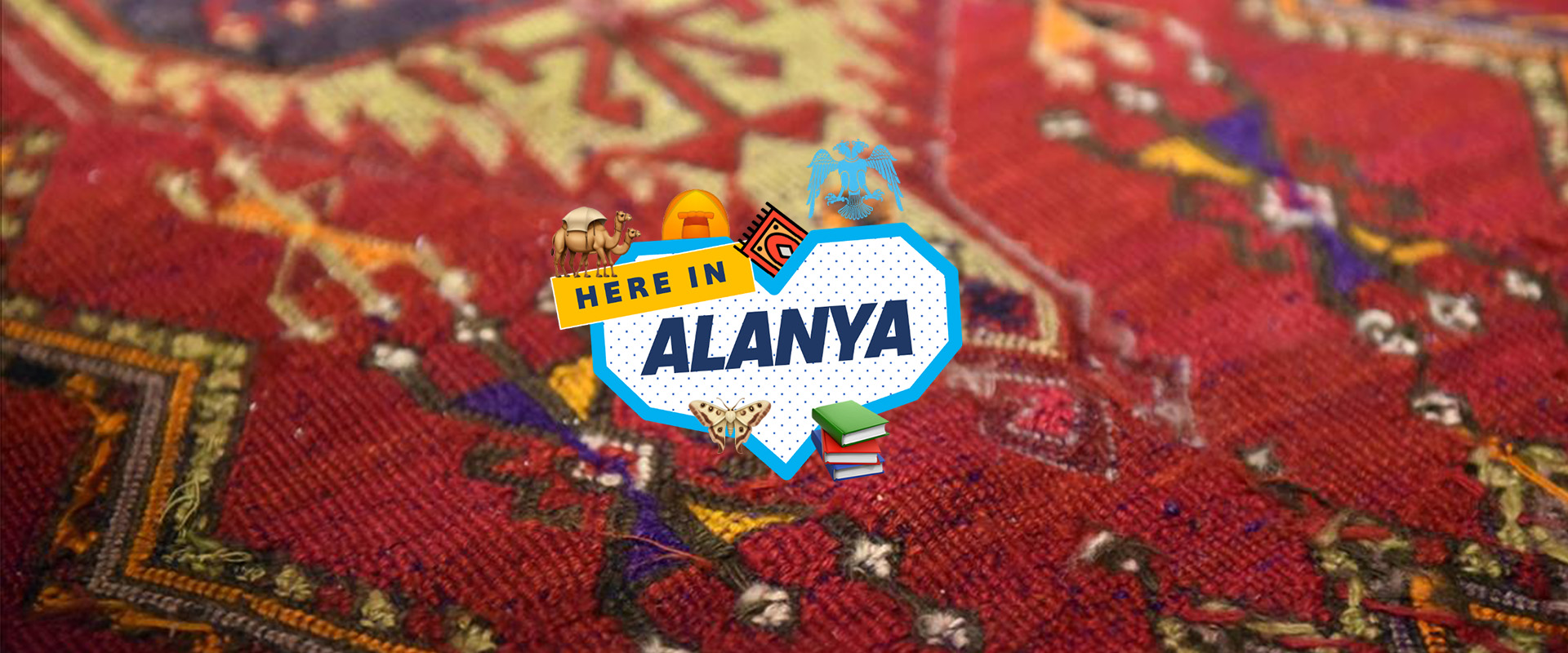Taurus Heritage Meets Coastal Life here in Alanya
Here in Alanya, a fascinating ethnographic tapestry unfolds across the Mediterranean landscape, where diverse cultural groups have contributed to the region's unique identity through centuries of settlement, migration, and cultural exchange. This remarkable coastal city represents one of Turkey's most ethnographically diverse regions, where nomadic Yörük traditions, Mediterranean coastal culture, highland yayla customs, Karamanli Orthodox heritage, and modern urban development have blended to create a distinctive cultural synthesis.
The ethnography of Alanya reflects the broader story of Anatolian cultural development, where geographic diversity has enabled multiple cultural traditions to coexist and influence each other while maintaining their distinctive characteristics. From the seasonal migrations of Yörük nomads to the maritime traditions of Mediterranean communities, each cultural group has left indelible marks on local customs, architecture, cuisine, and social practices.
Understanding Alanya's ethnographic complexity provides essential insights into how cultural diversity creates resilient communities capable of adapting to changing economic, social, and environmental conditions while preserving essential cultural values and traditional knowledge systems that continue to inform contemporary life.
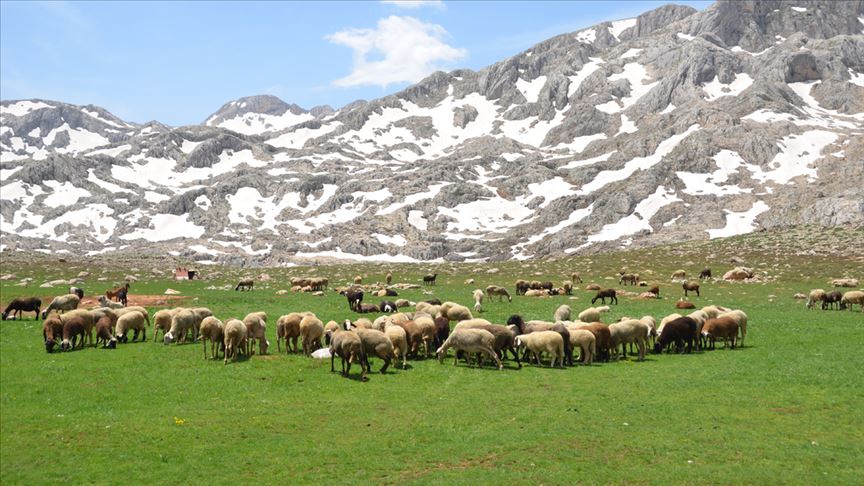
Seasonal Migration Patterns and Cultural Practices
The Yörük people represent one of Alanya's most significant ethnographic communities, maintaining traditional nomadic lifestyles that involve seasonal migrations between coastal winter quarters and highland summer pastures in the Taurus Mountains. These pastoral communities have preserved ancient Turkic traditions while adapting to Mediterranean environmental conditions over centuries of settlement.
Yörük cultural practices include distinctive handicrafts, particularly carpet weaving and textile production using traditional patterns and natural dyes that reflect both Central Asian origins and local Mediterranean influences. Their oral traditions preserve epic songs, folk tales, and historical narratives that connect contemporary communities with ancestral heritage while documenting regional history through cultural memory.
The architectural heritage of Yörük communities includes traditional black goat-hair tents for nomadic periods and distinctive stone houses in permanent settlements that demonstrate adaptation to local building materials and climate conditions while maintaining cultural design principles inherited from Central Asian nomadic traditions.
Highland Yayla Culture and Seasonal Communities
Yayla culture represents the highland dimension of Alanya's ethnographic landscape, where seasonal communities gather during summer months in mountain pastures that provide relief from Mediterranean heat while enabling traditional pastoral activities. These highland settlements maintain distinct cultural practices related to animal husbandry, dairy production, and seasonal festivals that strengthen community bonds.
Traditional yayla architecture includes distinctive wooden houses and dairy facilities designed for seasonal occupation, with construction techniques that reflect both practical responses to mountain conditions and cultural preferences for materials and spatial organization inherited from nomadic traditions.
Highland communities preserve traditional music, dance, and storytelling practices that differ from coastal traditions, creating seasonal cultural calendars where different locations enable different aspects of cultural expression throughout the annual cycle of migration and settlement.
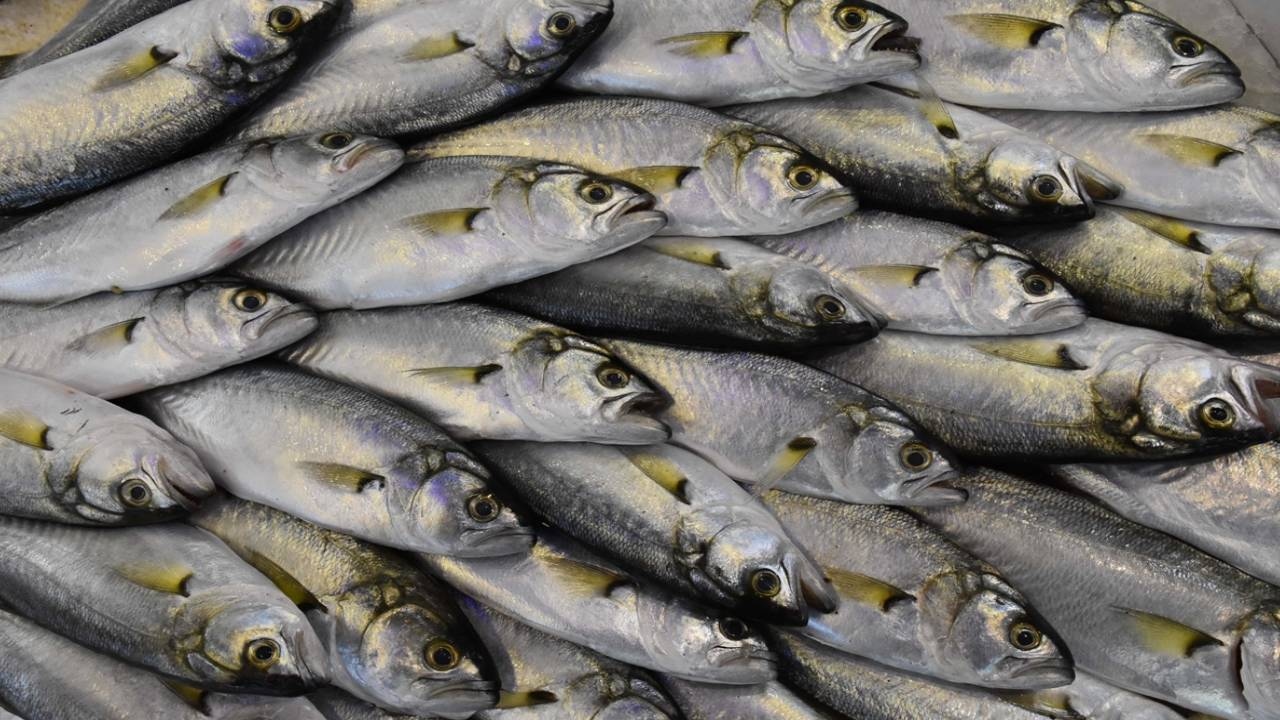
Fishing Communities and Coastal Traditions
Mediterranean coastal culture in Alanya reflects centuries of maritime activity, fishing traditions, and coastal trade that have shaped local customs, cuisine, and social organization around seasonal rhythms of sea-based economic activities. Fishing communities developed distinctive boat-building techniques, navigation knowledge, and fishing methods adapted to local Mediterranean conditions.
Coastal cultural practices include seasonal festivals related to fishing cycles, distinctive cooking traditions that emphasize fresh seafood and Mediterranean ingredients, and social customs that reflect the communal nature of maritime work and the importance of cooperation in sea-based economic activities.
Traditional coastal architecture demonstrates adaptation to Mediterranean climate and proximity to the sea, with distinctive building techniques for protection from marine environments, storage of fishing equipment, and accommodation of extended families involved in maritime economic activities.
Mediterranean Agricultural Traditions
Agricultural communities along the Mediterranean coast developed farming practices adapted to coastal conditions, including cultivation of olives, citrus fruits, and other Mediterranean crops that require specific knowledge of seasonal patterns, soil conditions, and irrigation techniques suited to the regional climate.
Mediterranean agricultural culture includes distinctive harvest festivals, cooperative work practices, and traditional food preservation techniques that enable communities to maintain food security throughout seasonal variations while creating surplus products for trade with highland and nomadic communities.
These agricultural traditions demonstrate sophisticated understanding of Mediterranean ecological systems, with farming practices that maintain soil fertility, conserve water resources, and create sustainable production systems that have supported coastal communities for generations.
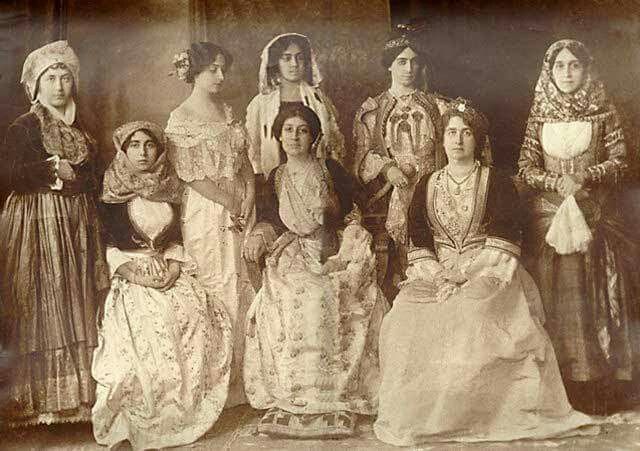
Orthodox Christian Community Traditions
The Karamanli people represent a unique ethnographic community in Alanya's cultural landscape, comprising Orthodox Christians who spoke Turkish and wrote in Greek script, creating a distinctive cultural synthesis that bridges different religious and linguistic traditions within the broader Turkish cultural framework.
Karamanli cultural practices included distinctive religious customs, architectural traditions for churches and community buildings, and educational systems that maintained both Orthodox Christian religious traditions and Turkish linguistic heritage through specialized schools and community institutions.
Traditional Karamanli crafts, particularly in metalworking, stonework, and textile production, demonstrated high levels of technical skill while incorporating design elements that reflected both Christian religious symbolism and Turkish cultural aesthetics, creating distinctive artistic traditions.
Cultural Exchange and Integration
The Karamanli community played important roles in regional trade, craftsmanship, and cultural exchange between different religious and ethnic communities, serving as cultural bridges that facilitated communication and cooperation between diverse groups within the broader regional community.
Karamanli architectural heritage includes distinctive churches, houses, and community buildings that demonstrate synthesis of Orthodox Christian religious requirements with local architectural traditions and Mediterranean climate adaptations, creating unique building styles that reflect cultural complexity.
Cultural integration between Karamanli and other communities created shared festivals, cooperative economic activities, and social customs that demonstrated successful multicultural coexistence while each community maintained its distinctive religious and cultural characteristics.
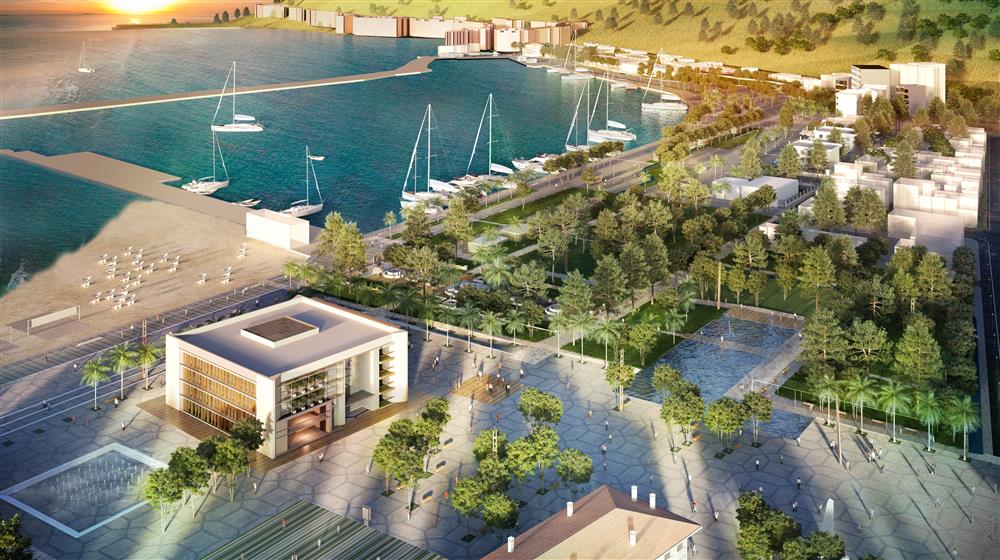
Modern Alanya Cultural Identity
Contemporary Alanya represents a synthesis of traditional ethnographic communities with modern urban development, tourism industry growth, and international cultural influences that have created new forms of cultural expression while maintaining connections to historical heritage and traditional practices.
Modern urban culture in Alanya includes fusion cuisine that combines traditional recipes from different ethnographic communities, contemporary festivals that celebrate diverse cultural heritage, and artistic expressions that reflect both local traditions and global cultural influences.
Urban development has created new economic opportunities that enable traditional communities to adapt their cultural practices to contemporary conditions while maintaining essential cultural values and community connections that preserve ethnographic diversity within modern urban settings.
Cultural Preservation and Innovation
Here in Alanya, cultural preservation efforts include documentation of traditional practices, support for traditional crafts and arts, and educational programs that ensure younger generations maintain connections to diverse ethnographic heritage while developing skills needed for contemporary economic and social conditions.
Innovation in cultural expression includes contemporary adaptations of traditional music, dance, and visual arts that maintain cultural authenticity while appealing to diverse audiences including both local communities and international visitors seeking authentic cultural experiences.
The integration of traditional and contemporary cultural elements creates dynamic cultural environments where ethnographic diversity contributes to regional identity while enabling communities to adapt successfully to changing social, economic, and environmental conditions.
Festival Traditions and Cultural Exchange
Traditional festival calendars in Alanya reflect the seasonal rhythms and cultural practices of different ethnographic communities, with celebrations that mark agricultural cycles, religious observances, and community milestones while providing opportunities for cultural exchange between different groups.
These festivals include traditional music, dance, food, and craft demonstrations that enable communities to share their distinctive cultural practices while learning about and appreciating the traditions of other groups, creating shared regional identity that celebrates diversity.
Contemporary festival programming builds on traditional foundations while incorporating modern elements that appeal to diverse audiences, creating cultural events that serve both community celebration and cultural tourism while maintaining authentic connections to ethnographic heritage.
Cultural Tourism and Heritage Preservation
Cultural tourism in Alanya provides economic incentives for preserving and presenting ethnographic heritage while creating opportunities for different communities to share their traditions with visitors seeking authentic cultural experiences beyond conventional tourism activities.
Heritage preservation efforts include support for traditional crafts, documentation of oral traditions, and maintenance of historic buildings and cultural sites that represent the diverse ethnographic heritage of the region while adapting these resources for contemporary cultural and economic uses.
Ready to explore authentic cultural diversity? Plan your Alanya ethnographic journey and discover how this Mediterranean destination preserves and celebrates traditional heritage within modern community lifethat creates unique opportunities for meaningful cultural exchange and understanding.
